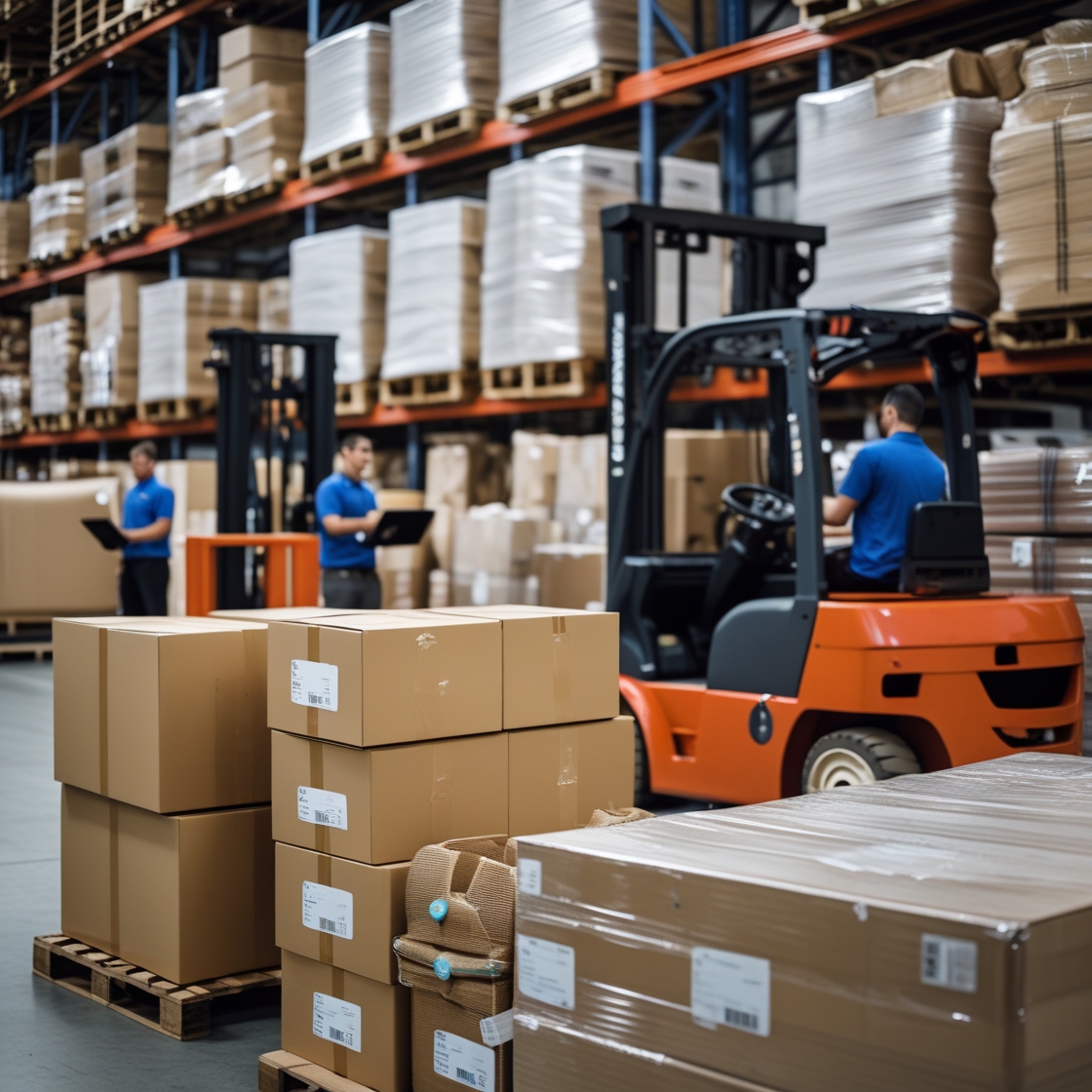Pallet Stacking Schemes: How to Optimize Packaging and Loading for Transport


So, you’ve got stuff to ship. It’s packed, it’s ready, and now it’s staring at you from the loading dock — dozens of boxes, probably more than you remembered ordering. The next move? Getting them onto pallets. Properly. Because bad stacking leads to leaning towers, crushed products and unwrapping a pallet and watching everything spill like a sad waterfall. Let’s avoid that.
Why pallet stacking matters more than you think
We get it. Stacking boxes doesn’t sound like a high-stakes operation.
But let us ask:
- Want to fit more on a truck?
- Want fewer damaged goods?
- Want your warehouse team to stop giving you the side-eye?
Then yeah — stacking really matters. Even small changes in your stacking method can mean the difference between a clean load and a freight horror story.
Start here: Know your base (aka, the pallet)
Before we get all fancy with patterns, let’s talk pallets.
- Standard EU pallet: 1200mm × 800mm
- Standard US pallet: 48” × 40” (1219mm × 1016mm)
Now measure your boxes. How many fit across that surface without overhang? Can they stack directly, or do they need padding in between? Do they leave gaps that waste space? If you’re doing this last minute, take a photo. Sketch it. Heck, use Lego if you have to. Just visualize the footprint before you commit.
Top pallet stacking schemes (and when to use them)
Let’s look at the usual suspects.
1. Column Stacking
Straight up, no tricks. Each box sits directly on top of the one below it.
✅ Best for: strong, uniform boxes
❌ Watch out: side-to-side stability is meh
Use when:
You want clean, efficient stacking and aren’t going too high. But if your boxes are fragile or prone to sliding? Maybe skip this one.
2. Interlocking (aka Brick or Block Stacking)
Like building a wall. Every layer is rotated or offset, creating overlap between boxes.
✅ Best for: mixed box strengths, shaky transport
❌ Slightly less cubic efficiency
Use when:
You’re heading over bumpy roads, or you’re stacking high and want to avoid “leaning tower of please don’t fall.”
3. Pinwheel Stacking
Visual chaos, tactical genius. Boxes alternate in orientation in each layer, forming a pinwheel shape.
✅ Great for: max stability in all directions
❌ Slower to build, weird to wrap
Use when:
You’ve got square-ish boxes and a long route. It’s niche, but surprisingly effective when done right.
4. Mixed/Hybrid Stacking
A little bit of this, a little bit of that. Block on the bottom, column on top. Or vice versa.
✅ Real-world solution when time or box sizes aren’t ideal
❌ Not textbook — but it works
Use when:
The clock’s ticking and the perfect layout just isn’t happening. This is what most of us end up doing, honestly.
So how do you actually choose?
Ask yourself:
- Are my boxes crushable?
→ Use interlocking or hybrid
- Am I stacking above shoulder height?
→ Prioritize stability (block, pinwheel)
- Do I need to fit a specific pallet count in a container?
→ Use column for better space use
- Is the load going to be hand-unloaded?
→ Make sure it’s stable, not beautiful
Bonus: Wrapping it right (because stacking isn’t the whole story)
You can have the most beautiful pallet in the world — and it’ll still collapse if the wrap job is weak.
Some quick real-talk rules:
- Start at the base. Go low. You want that wrap hugging the bottom tight.
- Stretch wrap should stretch – Don’t just drape it on like a bedsheet.
- Go around 3–4 times minimum – More if the boxes are heavy, or the weather’s wild.
- Top cap if needed – Especially if it’s going to sit outside or under a cranky forklift driver.
Final words (aka the part where experience kicks in)
Perfect stacking is a myth. Real-world stacking is about compromise, speed, and not giving your logistics partner a panic attack at 7 a.m.
Try things out. Take photos. If something worked well last time — copy it. If something collapsed — don’t pretend it didn’t happen (we’ve all been there).



